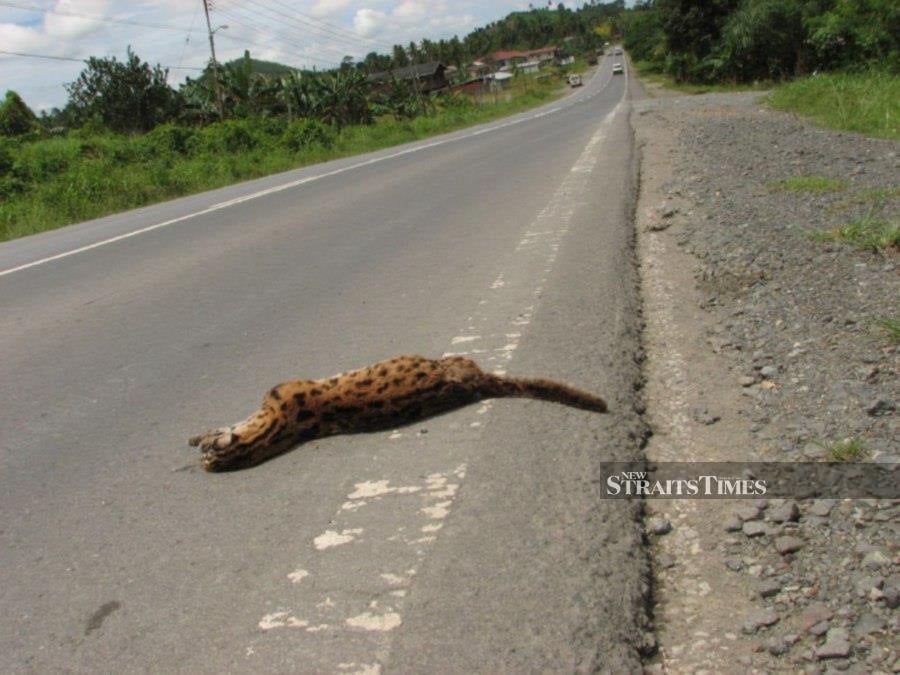By Olivia Miwil - June 26, 2021 @ 12:18pm
KOTA KINABALU: A statewide study on rampant animal roadkill suggests for more wildlife-friendly roads to be built in Sabah.
University College Sabah Foundation (UCSF), which carried out the research, said the growing scientific opinion was the wildlife population in Sabah might decline if more roads were to be built across key habitat areas.
It said 21 mammals, 10 birds and five reptile species had been identified as victims or potential victims of roadkill.
These animals were killed due to roads constructed close to forests, drivers not able to see nocturnal mammals crossing at night and wildlife attracted to food waste discarded at roads.
The study also found endangered species such as elephants, pangolins, clouded leopards, proboscis monkeys, slow loris and banteng were sighted along the sample road transects, with highest roadkill incidents at the Kinabatangan area.
"UCSF sees the need to contribute its expertise to the road planning process.
"If more roads are constructed in or around forested areas without careful consideration for wildlife ecology, the problem could be exacerbated," according to a statement.
Since September 2020, the study has researched five major traffic corridors so as to understand wildlife interactions with roads.
The corridors are the Sindumin–Papar–Tuaran, Kota Belud–Kota Marudu–Kudat, Tamparuli–Telupid–Sandakan, Kinabatangan–Lahad Datu–Tawau and Tawau–Kalabakan–Keningau–Kimanis.
Sabah relies heavily on its natural beauty and biodiversity to support tourism worth RM 8.5 billion which was the third highest contributor to Sabah's economy after agriculture and manufacturing.
For instance, the implementation of the Heart of Borneo initiative and commitment to protect 30 per cent of the state are some of Sabah's key commitments to ensure the sustainability of the tourism industry.
However, to advance socio-economic development, the state would need more roads for connectivity and the Pan-Borneo Highway is often touted as a long-awaited answer.
"Some of the largest natural habitats to be traversed by the Pan-Borneo highway are in Kinabatangan and Kalabakan which are integral to the Heart of Borneo.
"Thus, many endangered wildlife species, most notably nocturnal species, would be at risk on roads in and around those regions.
"Not surprisingly, road stretches built through prime habitats saw more roadkill. This reinforces the notion that building roads through or near forest reserves should be avoided."
UCSF project supervisor Lawrence Alan Bansa said that good roads were indeed urgently needed to drive socio-economic growth in Sabah.
"However, in certain regions which host high levels of biodiversity, careful road planning and design should be exercised"
Its researcher Regina Justinus said based on the findings, they suggested appropriate wildlife warning signs and rumble strips to control the speed of passing vehicles.
In Sungai Yu, Pahang, and Aring in Terengganu, wildlife crossings had been built to mitigate roadkill risk, as is happening around the world.
"Educational signages should also be installed to warn drivers and passengers not to discard food waste along the roads."


Comments
Post a Comment